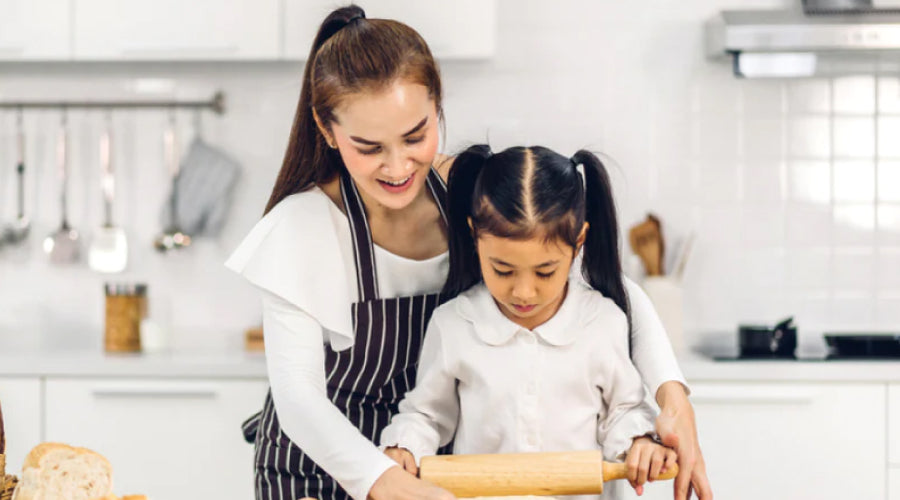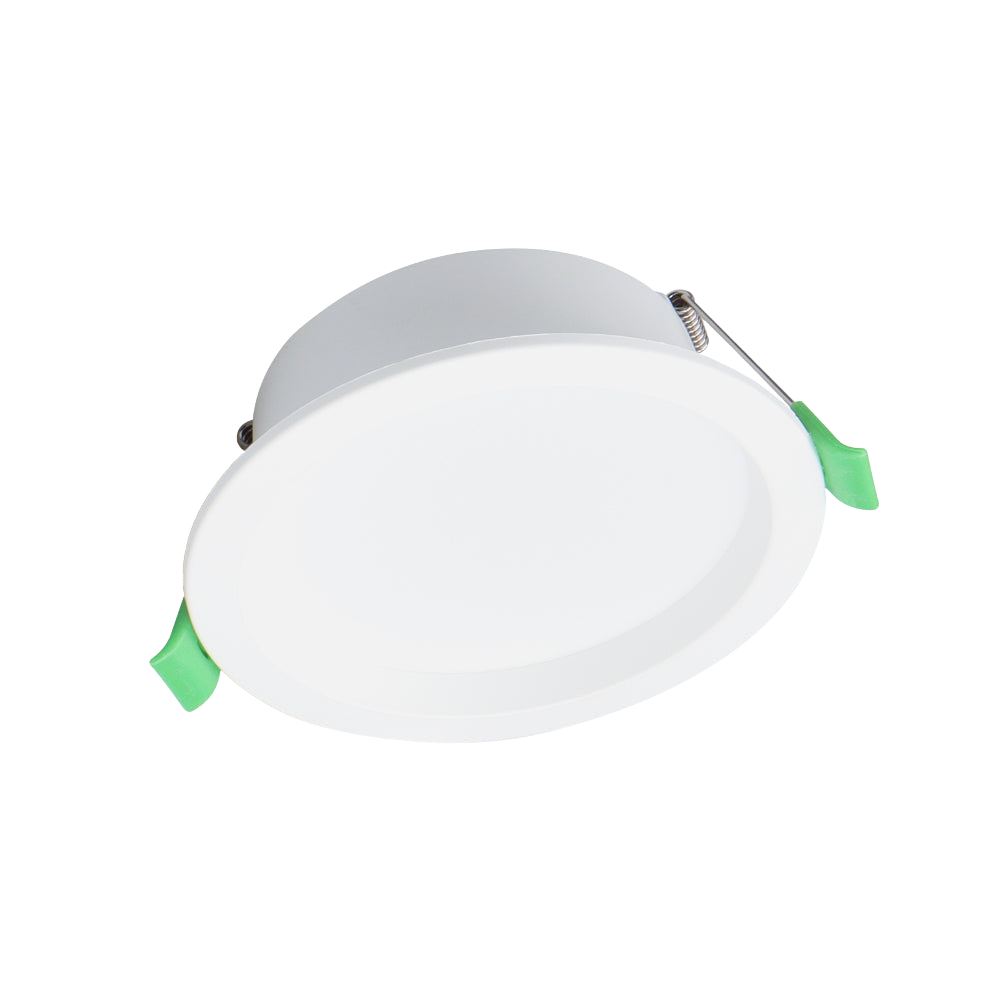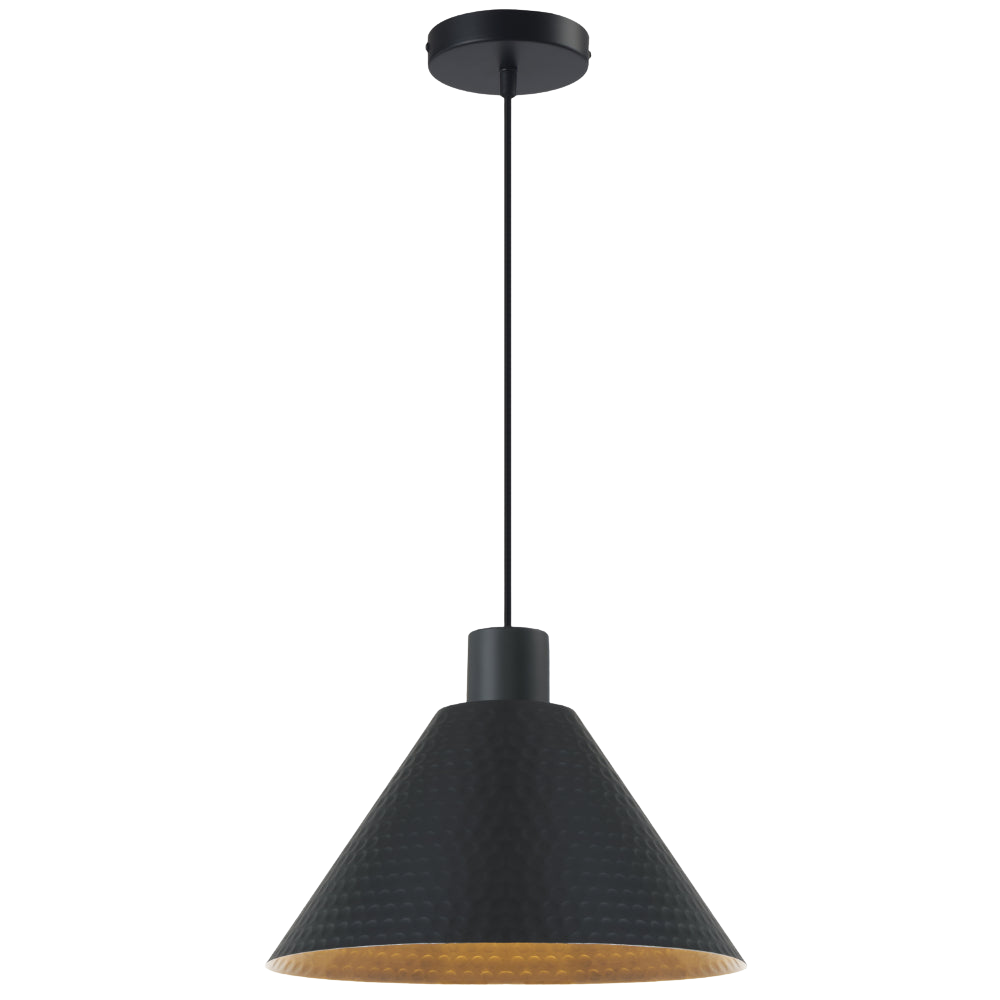7 Kitchen Safety Rules You Need to Teach Your Children

Teaching your children how to cook is not only a great bonding activity, but it’s also an essential life skill. It’s a good idea to get your kids into the kitchen and familiar with how it works from a young age, even if it’s just them sitting and watching you prepare family meals. When children are old enough to get involved, however, it’s vital you teach them kitchen safety. From navigating potential dangers like sharp gadgets, electronics, heat, and even safe food preparation, kitchen safety is paramount. You don’t want your kids to fear the kitchen but rather give them the tools they need to be safe, confident and enjoy cooking in the kitchen. That’s why we’re bringing you the top 7 kitchen safety rules you need to teach your children for a fun and safe cooking experience for all.
1. Never Cook Unsupervised
While this might seem obvious, making sure your children know an adult needs to be present at all times is a really important rule. While kids might be feeling confident enough to cook a basic dish, they need to know that they cannot be cooking in the kitchen without someone present to supervise. Of course once they reach a certain age and you’re confident in their ability to stay safe on their own this rule can be stopped, but until that point, it’s paramount.
2. Wash Your Hands Before, During and After
Washing hands before cooking, during cooking and after they're done is another important rule to teach the little ones. Just like big hands, little hands carry lots of germs (and probably a lot more). Your children need to know that food safety is just as important as object and heat safety. Washing hands during cooking and when you’re done is also important to teach, especially when handling raw ingredients like meats.
3. Use a Towel or Gloves to Hold Hot Items
Even as adults we sometimes forget things that come straight from the microwave or oven are extremely hot, so it makes sense your little ones might forget as well. As such, another rule in the kitchen should be to always use a towel or potholder to carry hot items. You can even buy your children their own towel to use to make it more exciting.
4. No Licking Before Asking
When cooking with yummy ingredients, it’s natural for kids to want to lick their fingers, lick spoons, lick lates… but the rule should always be to ask first. This is absolutely vital for food safety, because you don’t want your children eating raw ingredients that can make them very sick. Let them know licking is OK, but only if they ask first.
5. Knife Safety
How young is too young to start practicing knife safety? Honestly, as long as they’re old enough to hold cutlery, it’s never too early to learn. Starting with plastic knives, you can start to teach your children how to properly hold, cut with and use a knife. Once they’re old enough you can progress to metal knives, but always go slow. While you don’t want them using large and sharp chopping knives until they’re much older (or any knife sharp enough to slice off a finger), you can start to introduce them to knives and explain how to safely hold and use a knife – but always under supervision and with you holding the knife alongside them.
6. Cooktop Safety
Most parents would be anxious to have their children around heat and fire – when not handled correctly these can cause catastrophic issues, from major burns to kitchen fires. However, that doesn't mean you should avoid your kids using the cooktop – whether it be gas or electric – all together. While we wouldn’t let very young children operate the cooktop, kids that are mature enough should certainly be shown the ropes and how to use it safely. It’s also important to show them what to do in case of a fire (after they’ve called 000, of course!)
7. Clean As You Go
Another important rule is to clean as you go, not just for a clean kitchen but for a safe kitchen as well. Keeping surfaces clean isn’t an aesthetic thing, it’s for safety too. Spills on the floor can be a slip hazard, while messes on the countertop can lead to contamination issues. This can all be avoided by cleaning as you go! It also makes for a much more enjoyable meal knowing you don’t have to clean up afterwards.
































































































































































































































































































































